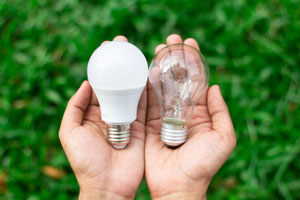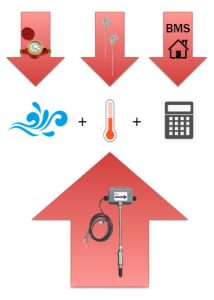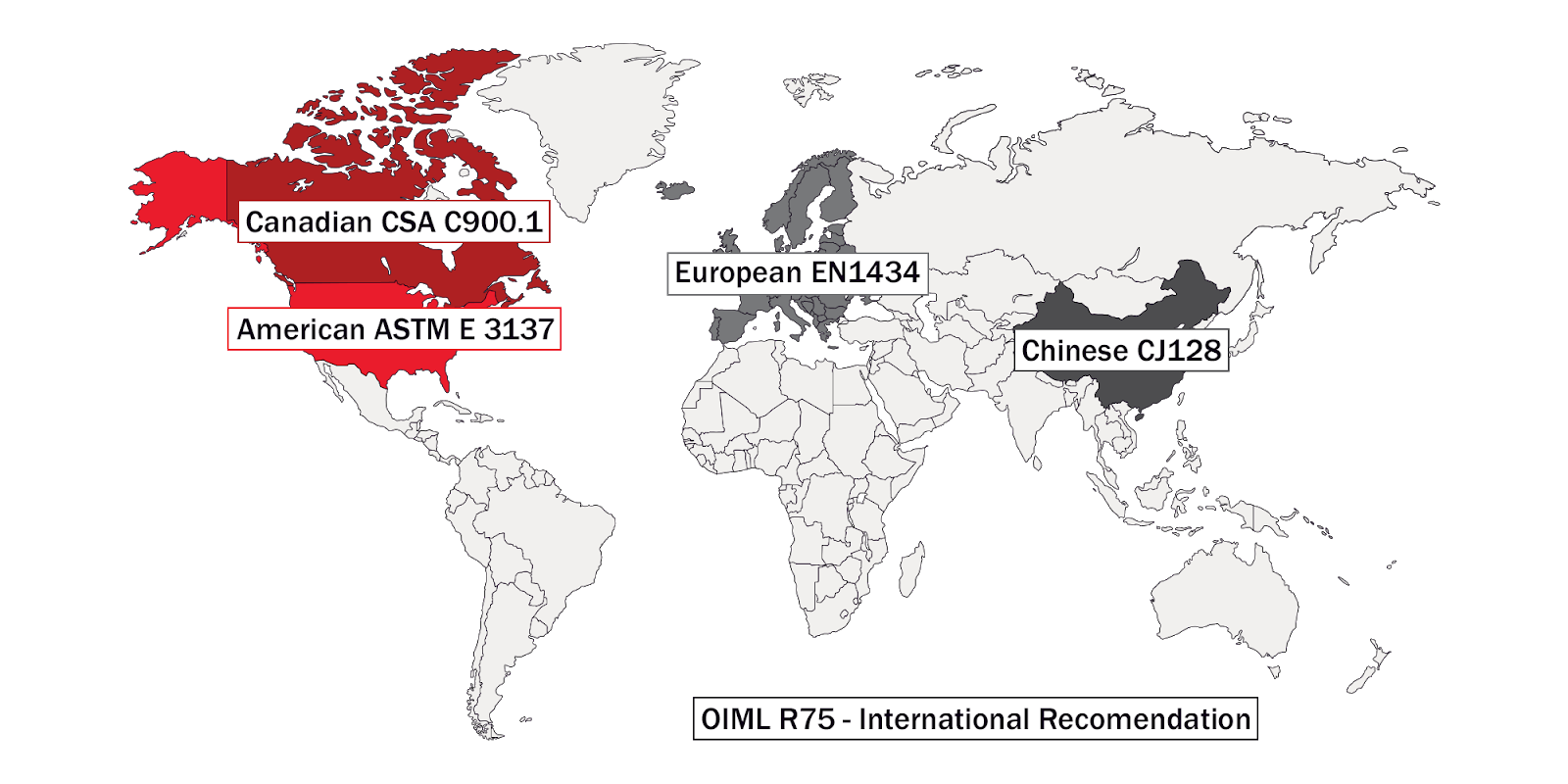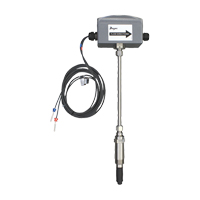“Simplicity is the ultimate sophistication” – Leonardo da Vinci
 These days, energy conservation is on everyone’s mind. From cost savings to environmental concerns, there are many well-known benefits to conserving energy. But understanding exactly how to do so can be confusing. In order to conserve energy, you must know precisely how much energy you are using.
These days, energy conservation is on everyone’s mind. From cost savings to environmental concerns, there are many well-known benefits to conserving energy. But understanding exactly how to do so can be confusing. In order to conserve energy, you must know precisely how much energy you are using.
There are many different methods and tools that can be used to measure your energy consumption, depending on your application. In this post, we will focus on thermal energy measurement and management in hydronic systems. In keeping true to Da Vinci’s quote, we will keep our explanation as simple and straightforward as possible.
The purpose of measuring thermal energy in a hydronic heating or cooling system is to understand how much energy the system is consuming. From there, adjustments can be made to maximize system efficiency.
Thermal energy is the heat absorbed or released by a system and is typically measured in British Thermal Units (BTU). The main components of a thermal energy system are a fluid flow sensor, two temperature sensors (one for inlet, one for outlet temperature), and a calculator (which eliminates the need to do the energy calculation by hand). The energy equation stems from the first law of thermodynamics and is used to calculate thermal energy. This equation is quite complex, but it basically states that if you know the characteristics of the fluid, the volume flow rate, the inlet temperature, and the outlet temperature, then you can determine the thermal energy.
![]()
There are two methods of hydronic thermal energy measurement. The traditional method uses a separate flowmeter and temperature sensors to capture reading and then uses a building management system to calculate thermal energy. The alternative complete system method, uses one unit that contains a flow sensor, temperature sensors, and a calculator. Typically, these three components are calibrated together as a system.
 As with any measurement, there are potential sources of error when determining thermal energy. Measurement errors can be due to the resolution, specific heat, or the density of the media. These errors apply to both the traditional and complete system methods, however there is greater room for error in the traditional system because there is a margin of error for each measurement component (the flow sensor, the temperature sensors, and the calculator). In fact, the temperature error can be compounded if the two sensors are calibrated separately. The greatest advantage to using a complete system is that all three system components can be calibrated together. This will allow you to have greater confidence in the flow sensor and temperature sensor accuracies because of the reduced risk of calculation errors. Furthermore, you can expect this complete system to have enhanced resolution, specific heat corrections, and density correction. It is very important to understand the different accuracies and possible errors that accompany traditional and complete systems in order to choose a method that meets your accuracy requirements.
As with any measurement, there are potential sources of error when determining thermal energy. Measurement errors can be due to the resolution, specific heat, or the density of the media. These errors apply to both the traditional and complete system methods, however there is greater room for error in the traditional system because there is a margin of error for each measurement component (the flow sensor, the temperature sensors, and the calculator). In fact, the temperature error can be compounded if the two sensors are calibrated separately. The greatest advantage to using a complete system is that all three system components can be calibrated together. This will allow you to have greater confidence in the flow sensor and temperature sensor accuracies because of the reduced risk of calculation errors. Furthermore, you can expect this complete system to have enhanced resolution, specific heat corrections, and density correction. It is very important to understand the different accuracies and possible errors that accompany traditional and complete systems in order to choose a method that meets your accuracy requirements.
In 2002, the International Organization of Legal Metrology (or OIML) was the first organization to define a heat metering standard, OIML R75. Since then, other international bodies have established their own heat metering standards based on OIML’s recommendation and regional requirements.

These global measurement standards regulate general performance of hydronic heat meter instrumentation in order to promote quality and uphold performance expectations. When someone purchases a product that meets accuracy standards defined by OIML, they can be confident in the readings and calculations they receive. This confidence is key for energy, financial, and environmental tracking purposes. Of all the international standards, the European Commission’s EN1434 is the most commonly specified or required in applications.
There are three accuracy classes for heat metering that meet EN1434/ASTM E3137/ CSA 900.1-13: Class 1, Class 2, and Class 3.

Class 1 is the most accurate and Class 3 is the least accurate. As you can see from the table above, only the complete method can achieve Class 1 accuracy because all three measurement components are calibrated together, eliminating the sources of error associated with each measurement.
In addition to these international metering standards, there are related energy certifications that incentivize buildings and businesses to conserve energy.

While the recommendations set by these energy organizations are not requirements, there are impressive advantages to abiding by them, including lower utility costs and potential tax breaks. Some examples of these organizations and certifications can be seen in the map above.

Dwyer Instruments recently debuted the Series IEFB Insertion Thermal Energy Meter, which is a complete system with a hot tap insertion flowmeter, paired temperature sensors, calculator, and field-configurable setup display. It also has accuracy options to fit your application. High accuracy units meet EN1434, ASTM E3137 and CSA C900.1-13 class 2 and standard accuracy units meet class 3 requirements. These options allow you to choose the precise accuracy needed to monitor and measure your hydronic energy system for maximum efficiency.
The IEFB is one simple, compact unit that is simple to install and easy to interact with. Much like Da Vinci said, the sophistication of this product is in its simplicity. To learn more about the Series IEFB, visit the Dwyer website or call us at 219-879-8000.
